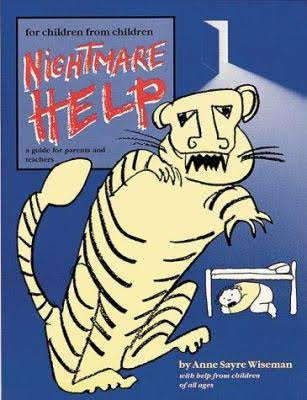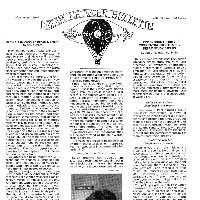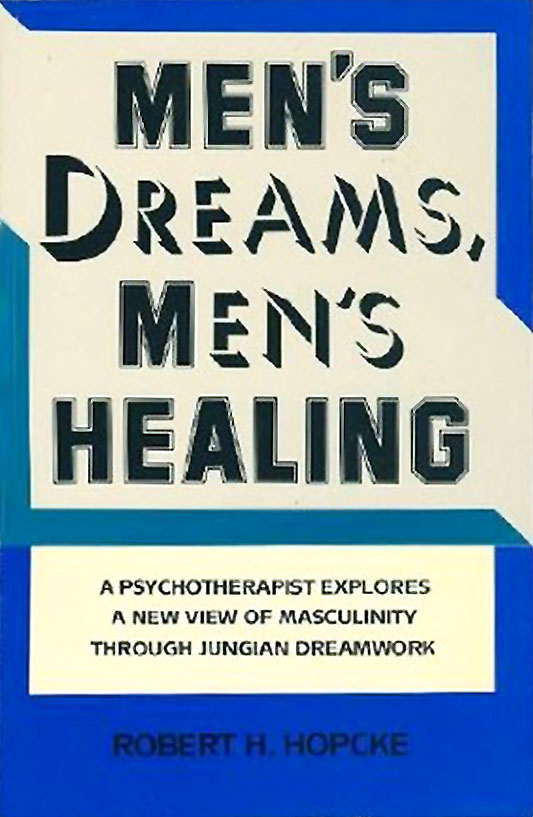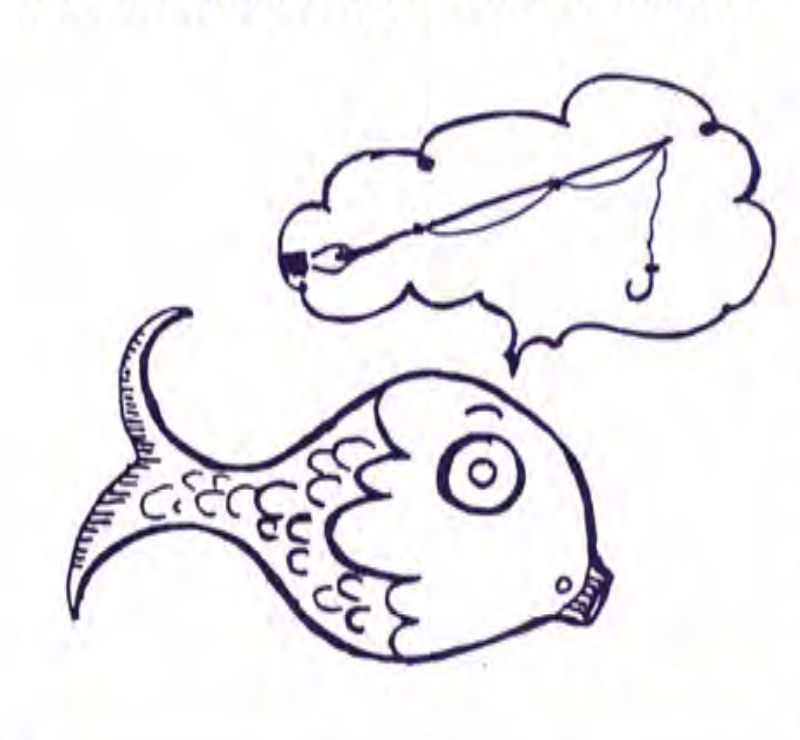Every parent knows that all children have nightmares - sleep researcher Dr. Ernest Hartmann notes in his book The Nightmare that young children suffer nightmares more frequently than any other age group. Few parents know, however, what to do when the nightmares come. They try to soothe their panic-stricken child by saying, "It's OK, dear, it was just a dream", but that always sounds hollow: the dream may have been just imagination, but the feelings, the fears, are real.
Ann Sayre Wiseman's Nightmare Help offers a very helpful guide to transforming those fears into opportunities for learning and growth. Wiseman is a grassroots therapist with extensive experience in working with dreams. This book evolved out of workshops she gave at grammar schools in the Boston area, where she helped children from ages 5 to 13 learn to understand their nightmares. Nightmare Help is refreshingly clear of mystifying, technical jargon, as Wiseman intends the book for children as much as for parents/adults. Its large format, friendly style, and numerous drawings (which young readers are encouraged to color) all contribute to this aim.
In the children's section of the book Wiseman says that "dreams can be helpers - and if you dare to look at them, they will teach you about yourself". She then explains that nightmares are special dreams that tell us we're feeling scared, hurt, alone, or angry: "Nightmares are designed to wake you up. Nightmares make you really sit up and listen." Children may want to run away from the scary monsters in their nightmares, but Wiseman tells children that she can show them how to stop being so afraid of those monsters.
Wiseman first has children use colored pens and paper to draw a picture of their nightmare. Drawing a picture allows the child to express the nightmare in a safe way by creating some distance: the nightmare is brought back to mind, but now it's put out there, on the paper. This process gives the child a positive sense of control; it's precisely the experience of utter helplessness and lack of control that is so terrifying in the nightmare. Once the child has drawn the nightmare he or she feels the security necessary to begin exploring the emotions the dream has brought forth.
At this point, Wiseman suggests questions that parents and teachers can ask to guide the child in trying to understand the nightmare. For example, she would ask "How could you feel safe looking at that monster?; Try drawing some helpers to be with you in the picture; Ask what the monster is doing in your dream; Is there anything the monster wants? Draw it in the picture and see what the monster thinks of it".
The bulk of Nightmare Help consists of examples from Wiseman's workshops, and it is here that we see the real value of her work. As she presents the nightmares, the children's drawings, and their own attempts to come to terms with the dreams we begin to see how involved the children become in the process. Their nightmares are matters of the utmost importance to them, and it ends up taking very little prompting from Wiseman for the children to struggle with the troubling feelings raised by the dreams. With her help the children find that what had been terrifying has become an opportunity to learn about themselves.
The process she describes is not a form of dream analysis; no special expertise is required, and there is no dogged sleuthing after hidden symbols. Wiseman's goal is to encourage children to develop a relationship with their dreams. She wants to empower children, to help them understand their own feelings and to learn to live with them. Learning to deal with the fears of their nightmares is a good way for children to begin dealing with the scarier parts of the adult world, Wiseman says. In this respect she is working to revive an age-old tradition of using dreams in education.
Anthropologists have discovered that many other cultures teach their children about the meaning of dreams as a way of teaching them about the world. When adults show that they take their children's dreams seriously, children learn both to take their own scary feelings seriously and to trust the adults whose help they need so much. Parents today would do well to remember this the next time they are tempted to say "It's OK, dear, it's only a dream..."
















